DOL Fiduciary Rule: Practical Implications for Financial Professionals
On Tuesday, October 31 the Department of Labor (DOL) released their Retirement Security Rule to repropose the definition of investment advice and make changes to prohibited transaction exemptions (PTEs). Endeavor Retirement hosted a webinar led by Bonnie Treichel alongside expert guests Matthew Eickman and Nevin Adams.
To watch the replay, click the image below.
The Retirement Security Rule proposal (also known as the “fiduciary rule”) would change the five-part test for determining if a financial professional is giving investment advice that would constitute that financial professional being a fiduciary. This isn’t the first time the DOL has tried to change this rule. Since 2010, the DOL has attempted to change the rule, each time expanding the umbrella of coverage for who is considered a fiduciary under ERISA and the extent of which transactions are considered fiduciary advice. The DOL’s intent is to protect investors and continue to expand the scope of ERISA fiduciary obligation, which is the highest level of protection for investors and the level of protection which most investors believe they are receiving.
For advisors that are already a fiduciary under ERISA to the plan or to participants, there are limited action items. However, it is important to communicate to plan sponsor clients:
- Existing ERISA fiduciary status of the advisor’s work and contrast from other financial professionals that are becoming a fiduciary for the first time
- Importance of plan sponsors understanding fiduciary status of covered service providers to the plan and documenting as they review 408(b)(2) disclosures on an ongoing basis
Advisors conducting rollovers should also continue with existing PTE 2020-02 procedures and continue to be on the lookout for nominal changes to the PTE requirements as the fiduciary rule is finalized in the coming months. For those advisors that are conducting rollovers and have not yet implemented any procedures, reach out to Endeavor Retirement for assistance.
To learn more about the details of the fiduciary rule, check out the updates below and continue to monitor for next steps, as this is merely the proposal and 60-day comment phase, with more to follow over the coming months. Until then, stay tuned!
- ARA interview with DOL, available here
- Fiduciary Rule overview by Nevin Adams, available here
Sign Up for Navigator Today
Access More Great Content
Support your clients more efficiently with strategically curated content, that combines the expertise of ERISA Attorneys with the practicality of an Advisor.

